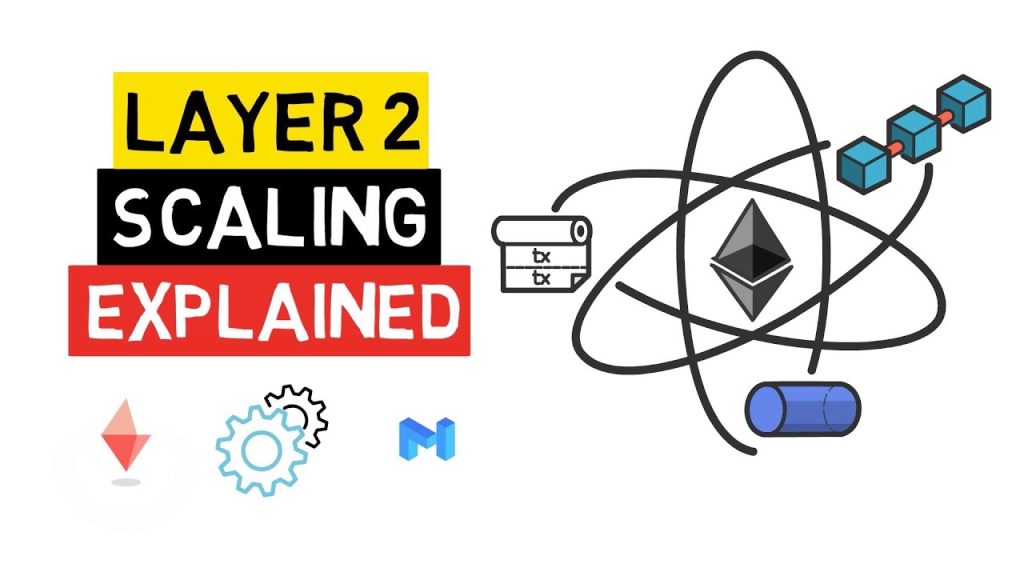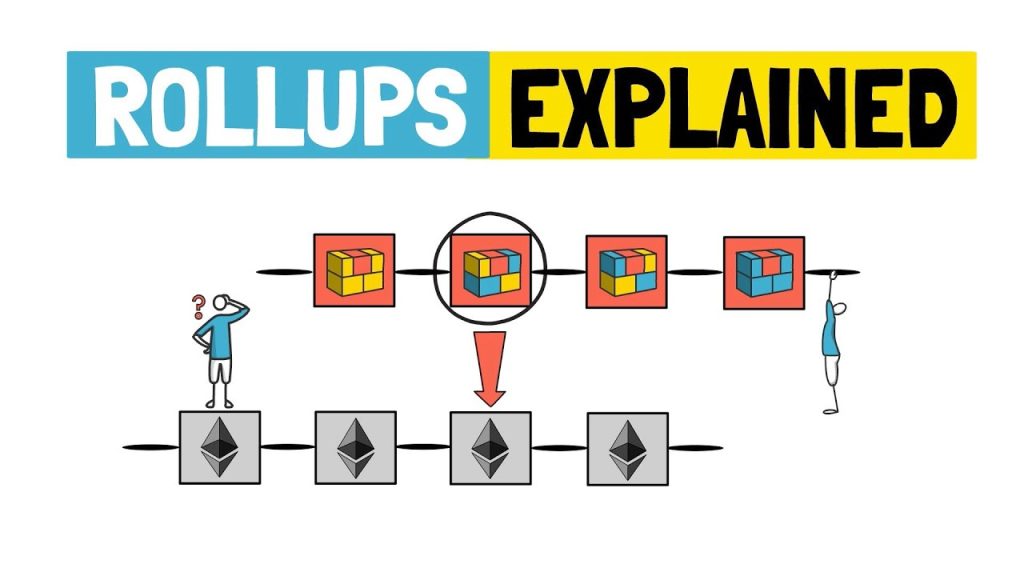Ethereum, the second-largest cryptocurrency by market capitalization, has gained tremendous popularity in recent years. However, its popularity also presents a scalability problem, where the network becomes congested, leading to high gas fees and slow transaction processing times. To address this issue, Ethereum has developed Layer 2 solutions. In this article, we will explore what Layer 2 solutions are, how they work, and their benefits.
Contents
What are Layer 2 Solutions?
Layer 2 solutions refer to a series of protocols that enable the creation of smart contracts and decentralized applications (dApps) on top of the core Ethereum blockchain. The purpose of these solutions is to offload transactions from the Ethereum main chain, reducing congestion and gas fees while increasing transaction speed and throughput. [3]

How Do Layer 2 Solutions Work?
A Layer 2 solution is a separate blockchain that extends the capabilities of the Ethereum network. This blockchain regularly communicates with Ethereum by submitting bundles of transactions, ensuring that it has similar security and decentralization guarantees as the Ethereum main chain. All this can be achieved without changing the Layer 1 protocol (Ethereum). [1]
Types of Layer 2 Solutions
There are different types of Layer 2 solutions, including:
a. State Channels: State channels allow multiple parties to transact off-chain, updating the Ethereum network only when necessary. This significantly reduces transaction costs, increases transaction speed and scalability while preserving the same level of security guarantees as the Ethereum main chain. Examples of state channels include Lightning Network and Raiden Network.
b. Plasma: Plasma is a framework that enables the creation of child chains that are attached to the main Ethereum blockchain. This child chain operates independently, offloading transactions from the main chain, thereby reducing congestion and gas fees while improving transaction speed and throughput.
c. Rollups: Rollups are a Layer 2 scaling solution that bundles multiple transactions together off-chain and then submits them to the Ethereum main chain. This way, rollups can increase transaction throughput while reducing gas fees. Examples of rollups include Optimistic Rollups and ZK-Rollups.

Benefits of Layer 2 Solutions
a. Reduced Gas Fees: Layer 2 solutions significantly reduce gas fees by enabling off-chain transactions that don’t require processing on the Ethereum main chain.
b. Increased Transaction Speed: Layer 2 solutions increase transaction speed by reducing congestion on the Ethereum main chain, allowing transactions to be processed faster.
c. Increased Scalability: Layer 2 solutions improve the scalability of Ethereum by offloading transactions from the main chain, enabling more transactions to be processed simultaneously.
Popular Layer 2 Solutions
There are several popular Layer 2 solutions in the Ethereum ecosystem. Some of the most popular ones include:
a. Polygon (MATIC): Polygon is a Layer 2 scaling solution that operates as a sidechain connected to the Ethereum main chain. It enables faster and cheaper transactions while maintaining the security guarantees of the Ethereum network.
b. Arbitrum: Arbitrum is a Layer 2 scaling solution that uses Optimistic Rollups to achieve high throughput, low latency, and low fees. It is compatible with the Ethereum Virtual Machine (EVM), making it easy for developers to migrate dApps to the Arbitrum network.
c. Optimism: Optimism is a Layer 2 scaling solution that uses Optimistic Rollups to achieve high throughput and low fees. It is fully compatible with the Ethereum ecosystem, making it easy for developers to migrate
their dApps to the Optimism network. Optimism also provides a wide range of developer tools and resources to make it easier for developers to build and deploy their dApps on its network.
d. zkSync: zkSync is a Layer 2 scaling solution that uses ZK-Rollups to achieve high throughput and low fees. It provides a trustless and secure environment for dApps to run, with the added benefit of being fully compatible with the Ethereum network.
Conclusion
Layer 2 solutions are a series of protocols designed to enhance the scalability of the Ethereum network. They work by offloading transactions from the main chain, reducing congestion, gas fees, and improving transaction speed and throughput. There are different types of Layer 2 solutions, including State Channels, Plasma, and Rollups, each offering its own unique benefits. Some of the most popular Layer 2 solutions in the Ethereum ecosystem include Polygon, Arbitrum, Optimism, and zkSync. With these Layer 2 solutions, Ethereum developers can create more scalable and efficient dApps without compromising the security and decentralization guarantees of the Ethereum network.
FAQs
No, Layer 2 solutions do not require any changes to the Ethereum main chain protocol.
Layer 2 solutions offload transactions from the Ethereum main chain, reducing congestion and enabling faster transaction processing.
Yes, Layer 2 solutions maintain the security guarantees of the Ethereum network while improving scalability and reducing gas fees.
Yes, most Layer 2 solutions are compatible with the Ethereum ecosystem, making it easy for developers to migrate their dApps to Layer 2 networks.
Some popular Layer 2 solutions include Polygon, Arbitrum, Optimism, and zkSync.
Ainu Token aims to offer impartial and trustworthy information on cryptocurrency, finance, trading, and shares. However, we don't provide financial advice and recommend users to conduct their own studies and thorough checks.



Comments (No)